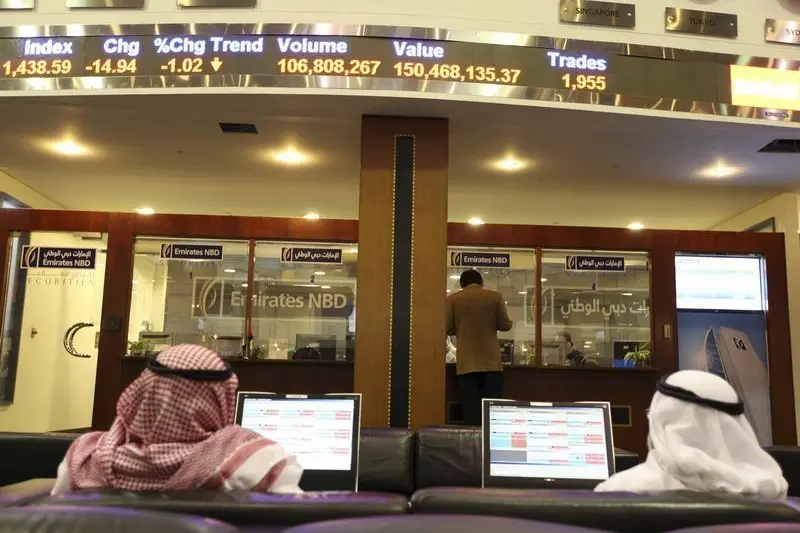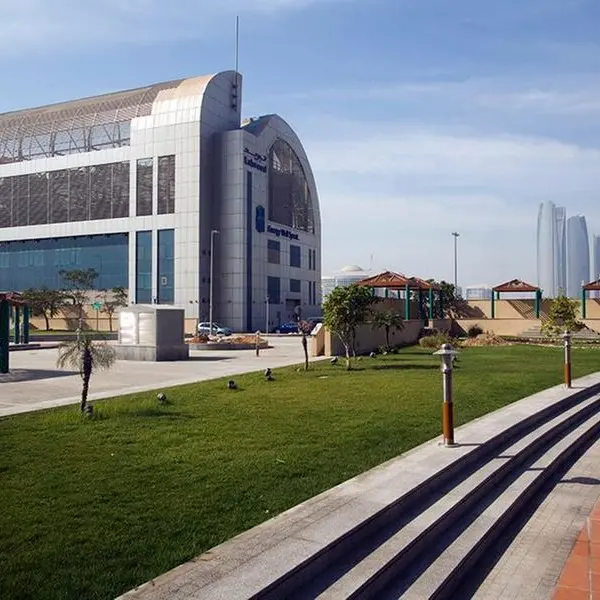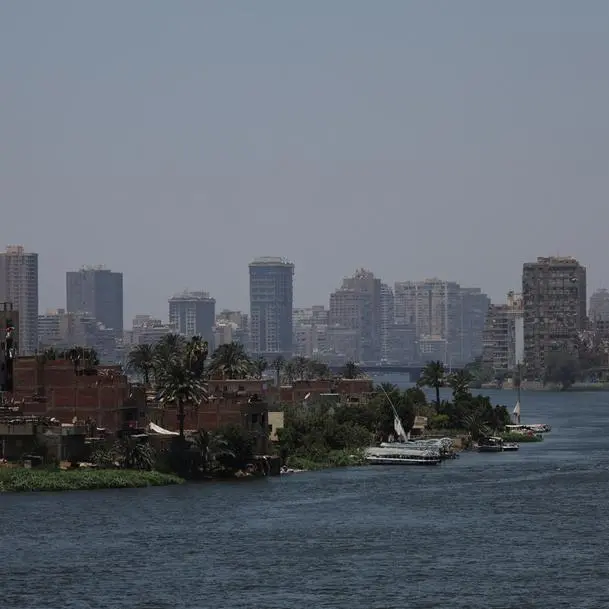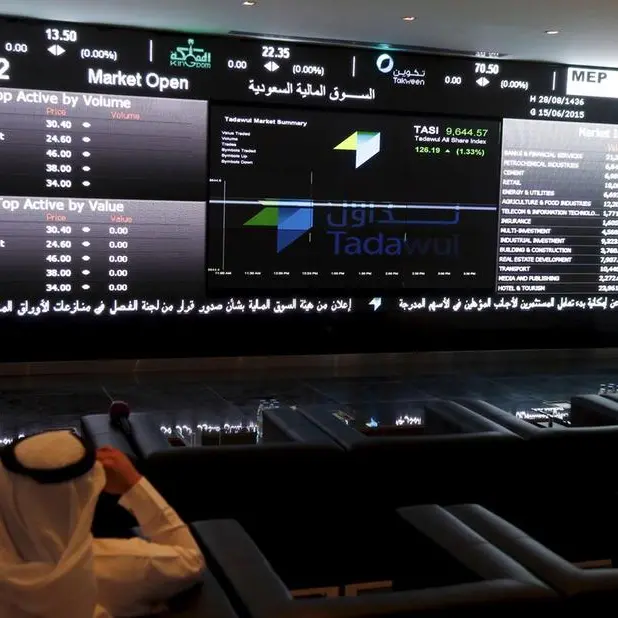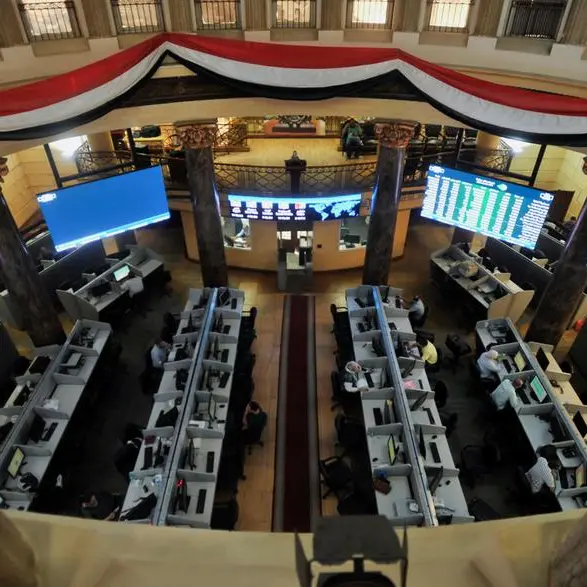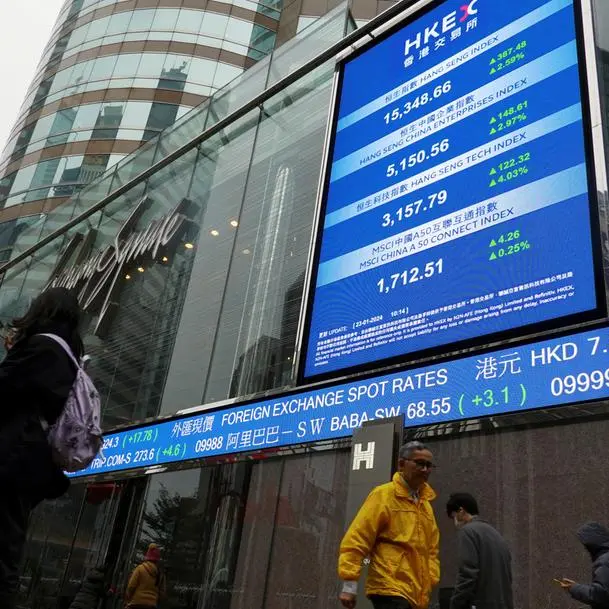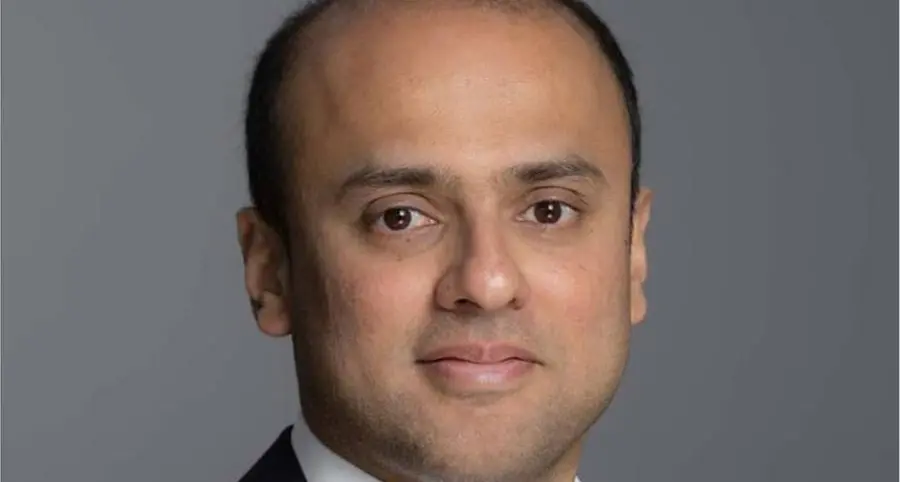PHOTO
An Emirates NBD counter is seen as traders monitor stocks at the Dubai Financial Market at Dubai World Trade Center, February 2, 2012. Image for illustrative purposes.
Listed insurers in the UAE may need regulatory intervention as several are below solvency requirements, according to Emir Mujkic, S&P’s Director of Financial Services and Insurance Ratings.
“This is concerning and suggests that regulatory intervention may be necessary to ensure market discipline and stability, in case these companies are unable to restore their solvency buffers within required timeframes,” Mujkic said.
There are 21 stock market listed insurers in the UAE, 10 on Dubai Financial Market (DFM) and 11 on Abu Dhabi Securities Exchange (ADX).
According to an insurance sector expert, the country’s takaful players, are competing against larger conventional players, engaging in price competition, eroding profitability and capital.
Out of the 10 takaful providers licensed by the Central Bank of the UAE, four of them, one listed in Abu Dhabi and three listed in Dubai are carrying losses of 25% or more of their capital. This includes two providers with reported losses of 50% or more of their capital.
Last year, Zawya reported that the CEO of ADX-listed United Fidelity resigned after its auditor highlighted a solvency capital requirement (SCR) deficit of AED 5.1 million ($1.38 mln).
This week, Dubai Islamic Insurance and Reinsurance’s (AMAN) auditors Grant Thornton said it could not give an audit opinion on the company’s full year financial results.
The company has previously stated its intention to transfer its insurance portfolios to other insurance providers and transform into an investment firm.
However, its auditor said it had solvency capital deficits and that there were material doubts about its ability to continue as a going concern.
In an unusual step, the chairman, CEO and head of finance signed a separate statement acknowledging responsibility for preparing the statements and maintaining proper accounting records.
Another previous transfer attempt by AMAN was a dual transaction in which Dubai-listed Salama planned to merge with another DFM insurer, Takaful Emarat, and Salama planned to acquire Aman portfolios, both of which did not complete.
Mujkik mentioned several reasons why insurance mergers have failed to complete in the past. Examples include elevated stock market valuations diverging from economic fundamentals, creating valuation gaps, and shareholders and management being reluctant to relinquish control due to concerns that their influence and status may be diminished within larger organizations.
The Saudi comparison
Saudi Arabia’s insurance sector has more demanding regulations, and regulatory benefits have driven M&A activity in the kingdom.
While insurers have had to comply with solvency requirements and enhance actuarial compliance and risk management functions to meet complex and costly demands, regulators have offered benefits to companies that merge. “One of the most significant regulatory changes, in our view, has been the introduction of higher minimum capital requirements, such as the SAR 300 million ($80 million) threshold, increased from SAR100 million, aimed at encouraging consolidation and resulting in fewer but stronger companies,” Mujkic said.
However, losses should not impact the insurance companies' ability to issue new policies, provided they meet regulatory capital requirements.
“That said, insurers with a small capital base and thin capital buffers and/or inadequate reinsurance protection may not have the capacity to participate on certain large (and potentially profitable) risks. This means they can only compete in already highly competitive lines such as motor and medical insurance,” Mujkic added.
(Reporting by Imogen Lillywhite; editing by Seban Scaria)
